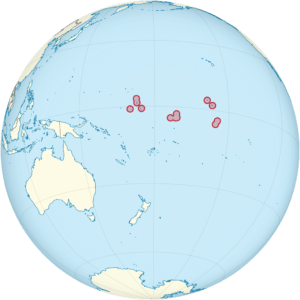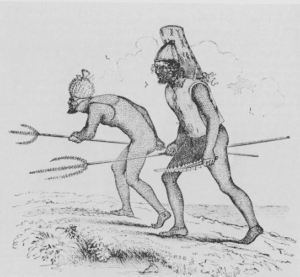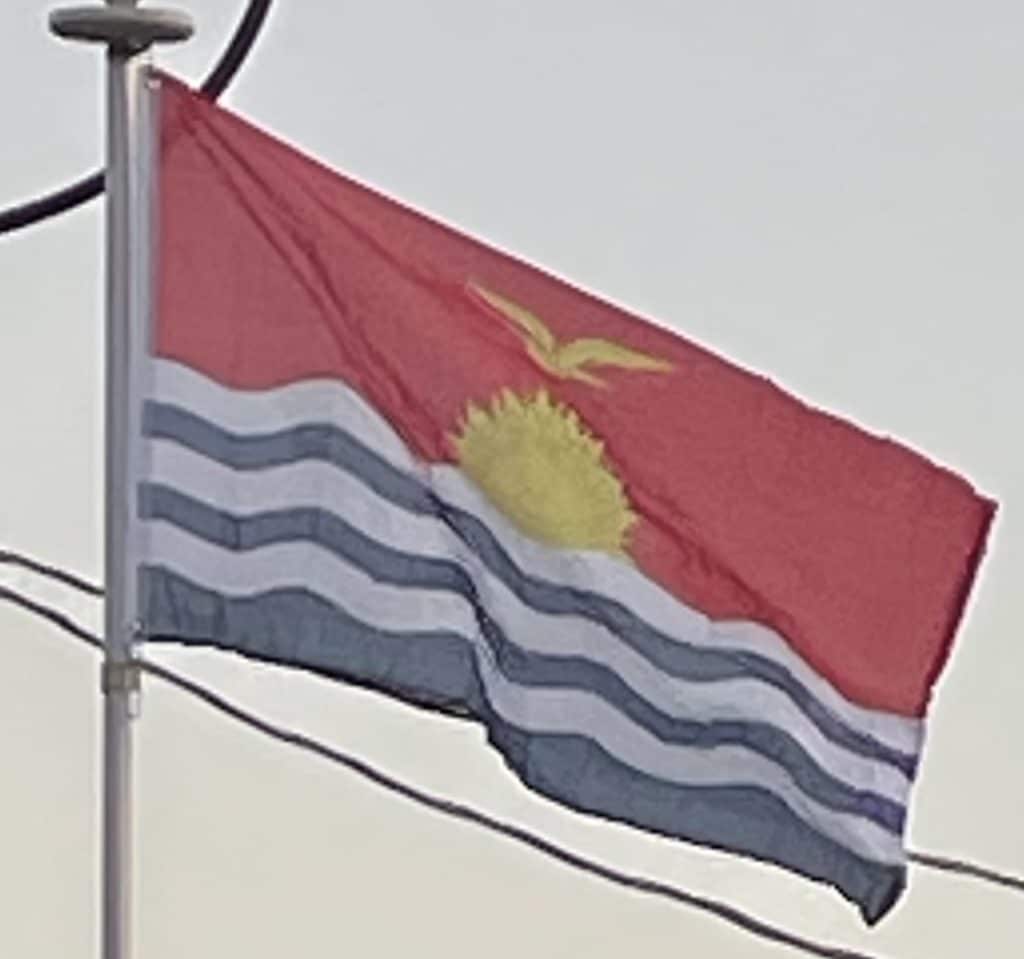Introduction:
Kiribati, officially the Republic of Kiribati, is an independent country in the central Pacific Ocean. The permanent population is just over 110,000 (2015), more than half of whom live on Tarawa atoll. The state comprises 32 atolls and one raised coral island, Banaba. They have a total land area of 811 square kilometres (313 square miles) and are dispersed over 3.5 million km2 (1.4 million sq mi).

Their spread straddles the equator and the 180th meridian, although the International Date Line goes round Kiribati and swings far to the east, almost reaching the 150° W meridian. This brings Kiribati’s easternmost islands, the southern Line Islands south of Hawaii, into the same day as the Gilbert Islands and places them in the most advanced time zone on Earth: UTC+14. Kiribati is one of the few countries in the world to be situated in all four hemispheres.
Kiribati gained its independence from the United Kingdom, becoming a sovereign state in 1979. The capital, South Tarawa, now the most populated area, consists of a number of islets, connected by a series of causeways. These comprise about half the area of Tarawa atoll.
Kiribati is a member of the Pacific Community (SPC), Commonwealth of Nations, the IMF, and the World Bank, and became a full member of the United Nations in 1999.
History:
Early History:
The area now called Kiribati, mainly the 16 Gilbert Islands, has been inhabited by Austronesian peoples speaking the same Oceanic language, from North to South, including the southernmost Nui, since sometime between 3000 BC and AD 1300. The area was not completely isolated; later, settlers or voyagers from Samoa, Tonga, and Fiji introduced some Polynesian and Melanesian cultural aspects, respectively. Intermarriage and intense navigation between the islands tended to blur cultural differences and resulted in a significant degree of cultural homogenisation. Local oral historians in the form of chiefly lore keepers suggest that the area was first inhabited by a group of seafaring people from Melanesia, who were described as being dark skinned, frizzy haired and short in stature. These indigenous peoples were then visited by early Austronesian seafarers from the west, a place called Matang, orally described as being tall and fair skinned. Eventually, both groups intermittently clashed and intermingled until they slowly became a uniform population.

Around 1300 A.D, there was a mass exodus from Samoa at the same time that cannibalism was forcefully abolished there, leading to the addition of Polynesian ancestry into the mix of most Gilbertese people. These Samoans would later bring strong features of Polynesian languages and culture, creating clans based on their own Samoan traditions and slowly intertwining with the indigenous clans and powers already dominant in Kiribati.
Around the 15th century, with the stark contrasting systems of governance between the Northern Islands, primarily under chiefly rule (uea), and the Central and Southern Islands, primarily under the rule of their council of elders (unimwaane). Tabiteuea could be an exception as the sole island that is known as maintaining a traditional egalitarian society. The name Tabiteuea stems from the root phrase Tabu-te-Uea meaning “chiefs are forbidden”.
